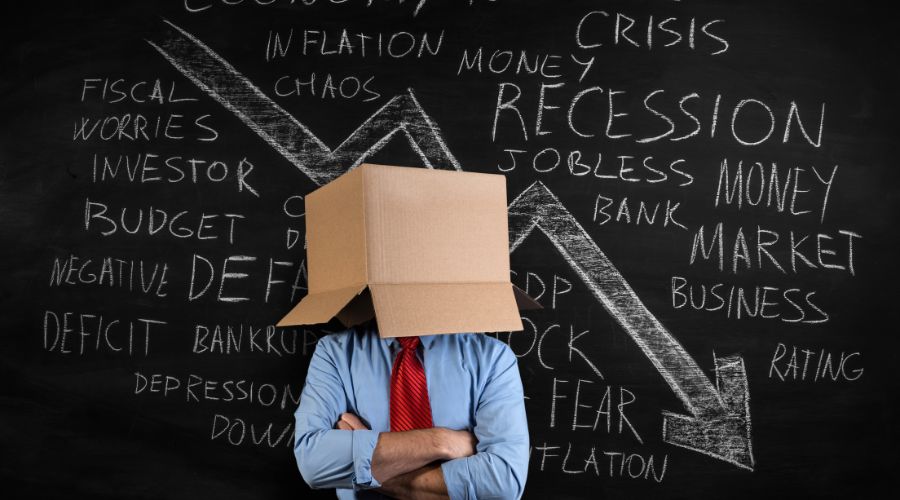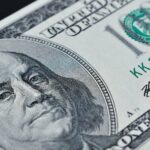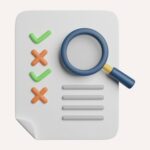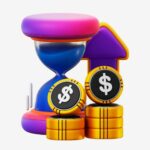A recession is a time period of negative economic growth that usually lasts for at least two consecutive quarters or six months.
It’s marked by a severe decline in economic activity such as jobs, employment, investment, and corporate profits.
It is important to understand recessions because they can have significant consequences for people, businesses, and governments.
It helps us make informed decisions and prepare for potential economic downturns.
This blog post will try to provide an overview of what a recession is, why recession happens, its impacts and how economies recover from recession.
Key Economic Indicators
1. Gross Domestic Product (GDP)
GDP is the total value of goods and services produced within a country’s borders during a specific time period.
It’s a primary indicator of a nation’s economic health and growth.
A recession occurs when GDP declines for at least two consecutive quarters, signaling a contraction in economic activity.
2. Employment rate
The employment rate is the percentage of the working-age population that is employed. It’s a vital indicator of labor market strength.
A falling employment rate is often associated with a recession, as businesses reduce hiring or lay off workers to cut costs.
3. Consumer confidence
Consumer confidence is a measure of how optimistic consumers are about the state of the economy and their personal financial situations. It influences spending and saving behaviors.
A decline in consumer confidence can lead to a recession, as wary consumers may reduce spending, which negatively impacts businesses and overall economic growth.
Causes of Recessions
1. Economic cycles
Economic cycles are fluctuations in economic activity that occur over time. They consist of periods of growth (expansions) followed by periods of decline (contractions).
There are four main phases in an economic cycle: expansion, peak, contraction, and trough. Recessions occur during the contraction phase when economic activity slows down.
2. External shocks
External shocks are unexpected events that negatively impact the economy. They can be natural disasters, geopolitical events, or sudden changes in global market conditions.
Examples of external shocks include the 1970s oil crisis, the 9/11 terrorist attacks, and the COVID-19 pandemic.
3. Policy mistakes
Policy mistakes are errors in economic policies made by governments or central banks that can inadvertently cause a recession.
Examples include overly restrictive monetary policies that lead to high interest rates, constraining borrowing and spending, or fiscal policies that result in excessive government debt.
4. Financial crises
Financial crises occur when there’s a significant disruption in the financial system, such as a stock market crash, a banking system collapse, or a credit crunch.
The 2008 global financial crisis, triggered by the collapse of the housing market in the United States, is a prime example of a financial crisis that led to a recession.
Impact of Recessions
1. Effects on businesses
During a recession, consumer spending typically declines, which can lead to lower revenues and reduced profits for businesses.
As a result, businesses may close or lay off workers to cut costs, further exacerbating the economic downturn.
2. Effects on individuals
Unemployment rates usually rise during a recession as businesses cut back on hiring or lay off workers.
Those who remain employed may face wage freezes or reductions, making it harder to make ends meet.
Overall, the standard of living for many individuals may decrease during a recession, as they struggle to maintain financial stability and cover essential expenses.
3. Effects on governments
Recessions can lead to budget deficits as governments experience reduced tax revenues due to lower economic activity.
To combat the recession, governments may increase public debt by borrowing money to fund stimulus programs or provide financial support to citizens and businesses.
Recovery from Recessions
1. Fiscal policies
Fiscal policies involve government spending and taxation decisions aimed at influencing economic activity.
Examples of fiscal policy measures used to combat recessions include tax cuts, increased public spending on infrastructure projects, and financial assistance programs for affected individuals and businesses.
2. Monetary policies
Monetary policies are actions taken by central banks to control the money supply and interest rates, which can influence borrowing, spending, and investment decisions.
Examples of monetary policy measures used to counteract recessions include lowering interest rates, implementing quantitative easing (buying financial assets to inject money into the economy), and providing loans to banks and businesses.
3. Structural reforms
Structural reforms are long-term changes made to a country’s economic framework to enhance its competitiveness, productivity, and growth potential.
Examples of structural reforms include deregulation of industries, labor market reforms, and measures to improve education and workforce training.
Frequently Asked Questions (FAQs) about Recession
What is a recession?
A recession is a period of negative economic growth that lasts for at least two consecutive quarters (six months).
It is typically characterized by a decline in economic activities, such as employment, investment, corporate profits, and trade.
What causes a recession?
Recessions can be caused by a variety of factors, including high interest rates, reduced consumer and business confidence, financial crises, external shocks (such as natural disasters or geopolitical events), and imbalances in the economy (like high inflation or asset bubbles).
How is a recession different from a depression?
A depression is a more severe and prolonged period of economic downturn than a recession.
While a recession lasts for at least two consecutive quarters, a depression may last for several years.
Depressions are characterized by extreme declines in economic activity, high unemployment rates, and a significant reduction in overall output.
What is the main cause of a recession?
There is no single main cause of a recession, as multiple factors can contribute to an economic downturn.
Common causes include high interest rates, reduced consumer and business confidence, financial crises, and external shocks.
What exactly happens in a recession?
During a recession, economic growth turns negative, leading to declines in employment, investment, corporate profits, and trade.
This can result in higher unemployment rates and reduced consumer spending.
What is recession with example?
The Great Recession (2007-2009) was triggered by the collapse of the US housing market and the subsequent global financial crisis, resulting in widespread job losses, reduced investment, and contractions in the global economy.
How long does a recession last?
A recession typically lasts for at least six months (two consecutive quarters) but can vary in duration depending on the severity of the downturn and the effectiveness of policy responses.
Does recession cause inflation?
Recessions generally cause a decrease in demand, which can lead to lower inflation or even deflation.
However, certain situations, such as stagflation, can occur where a recession is accompanied by high inflation.
Conclusion
In summary, a recession is a period of negative economic growth marked by declines in GDP, employment, and consumer confidence.
Recessions can result from economic cycles, external shocks, policy mistakes, or financial crises.
An informed understanding of recessions can help you better navigate economic challenges and make sound financial choices in the face of uncertainty.








